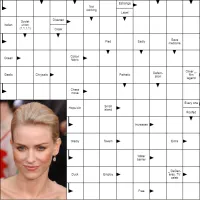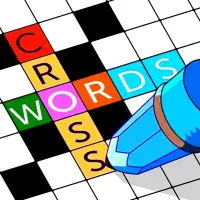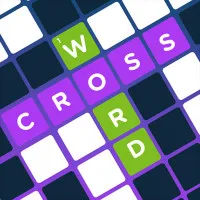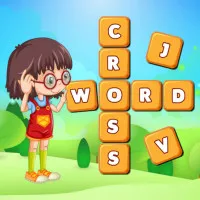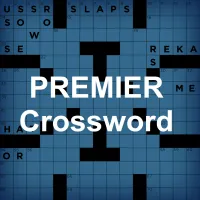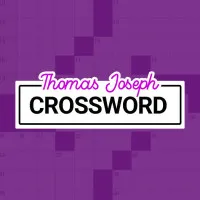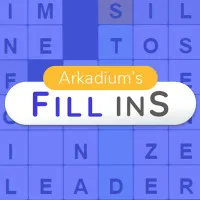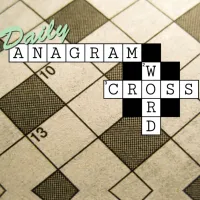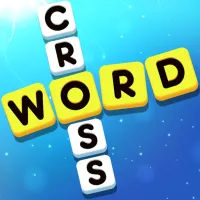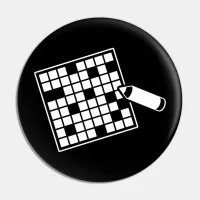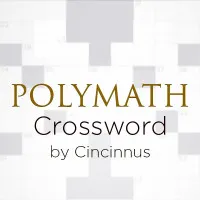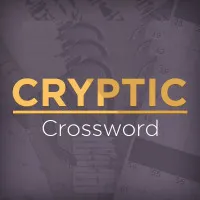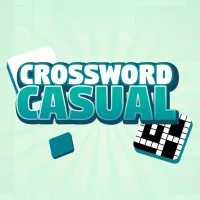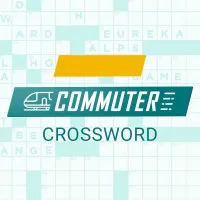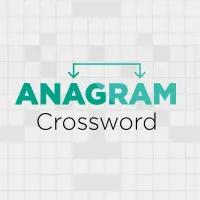
FreeCell Solitaire
Play more Crosswords games
FreeCell Solitaire is a solitaire card game that differs from most solitaire games in that very few deals are impossible to solve and all cards are dealt face-up right away.
Paul Alfille created the game in 1978 as a revision of an earlier game called Baker's Game, which was related to Eight Off. When the game was included in each new version of Windows since 1995, it became famous.
How To Play
Move all the cards from the tableau to the foundation piles, one suit per pile, in ascending order from Ace to King. You can move cards between the tableau columns if they are in descending order and alternate in color. You can also use four free cells to temporarily store any card, but only one card per cell. The number of cards you can move together depends on how many free cells and empty columns you have.
Different Piles
There are three different types of piles in FreeCell Solitaire. They are:
- Free Cells: The upper left corner's four piles.
- Foundations: The upper right corner's four piles.
- Tableau: The eight piles that make up the main table.
FreeCell Solitaire Setup
The piles in the Tableau are numbered from 1 to 8, and piles 1-4 begin with seven cards each, piles 5-8 with 6 cards each. The Foundations and Free Cells are empty.
The Objective
Get all the cards onto the Foundations to win FreeCell. The Foundations are arranged according to suit and rank, each Foundation has one suit, and the cards must be placed on it in the following order Ace, 2, 3, 4, 5, 6, 7, 8, 9, 10, Jack, Queen, King. You can do that by employing the following maneuvers:
Allowed Moves
- Transfer a certain number of cards from one Tableau pile to another. The top card of one Tableau pile may be moved to another Tableau pile if the top card of the new pile is one higher and a different color.
For instance, a red 8 could be placed on a black 9.
If a Tableau pile's top cards are arranged in an order, such as red 5, black 4, or red 3, you can click the red 5 to transfer the entire pile to another Tableau pile with a black 6 as its top card by clicking the red 5.
However, the number of ordered cards you can move at once is limited. Basically, the number of empty free cells and empty tableaus plus one determines how many cards you can move simultaneously.
Therefore, you can move 3 cards at once if there are 2 empty free cells. You can move 5 cards if all of your free cells are empty, and so on.
Basically, the game's ability to move many cards together is just for convenience.
Theoretically, you should always move one card at a time, but if you have three ordered cards and two empty cells, you could clumsily move the top two ordered cards to the empty cells, then move the fourth card, and finally move the two cards from the free cells back onto the fourth card.
In short, you can move n+1 cards together in the game, where n is the number of empty cells. Besides, you can move any card to the Tableau pile if it is empty.
- Put one card into a Free Cell. Any Tableau Pile, Free Cell, or Foundation with an empty top card can always be moved onto a Free Cell. Only one card can be held in a Free Cell at once.
- Move a card from a Free Cell. If a card in a Free Cell is the same suit and one higher than the top card of the Foundation, you can move it onto the Foundation. Alternatively, if the card is one lower and a different color than the top card of the Tableau pile, you can transfer it from a Free Cell onto the Tableau pile.
- A Tableau card may be transferred to the Foundations. You can drag the cards onto the Foundation or simply double-click them to move them there on their own. The Tableau will automatically clear when all of the Free Cells are empty, all of the cards on the tableau are arranged in 4 piles, and each of the piles is arranged in descending order with alternating red/black cards. At that point, you are also assured of winning the game.
- You have unlimited opportunities to undo. However, each Undo counts as a new move, so you should be cautious about how many you use if you want to win the game in the fewest moves possible.
FreeCell Solitaire: Time & Moves
The game will count the number of your moves and measure the time it takes to finish. Therefore, you can base on that statistics and make your own record each time you join.
I hope the introduction above was helpful and informative. If you want to understand more about FreeCell Solitaire, you can try playing it online or on your computer. Have fun and enjoy the game!
You might also like


